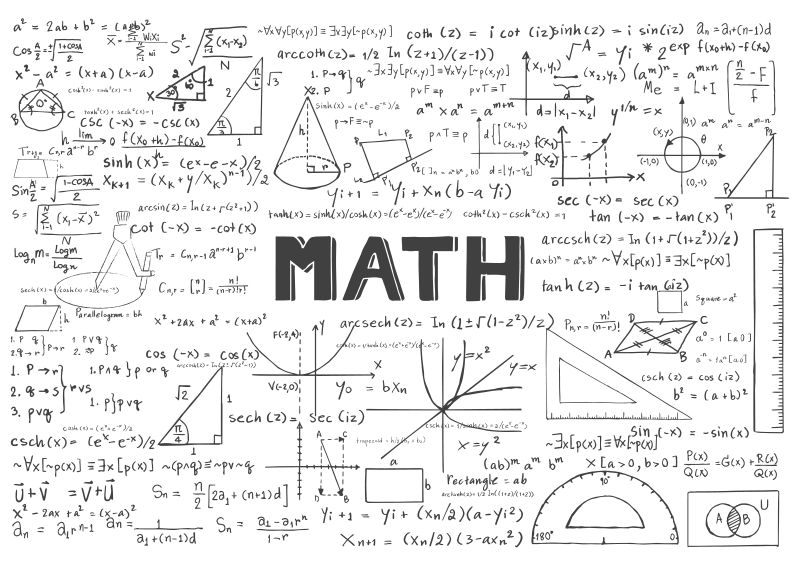In this new column for Educational Leadership, experienced researchers at the American Institutes for Research will discuss research-based practices, providing educators on the front lines of school improvement efforts with the information they need to make the best instructional decisions. Steve Fleischman, a principal research scientist at AIR, will be series editor, identifying the effective practices featured here each month. Send questions or topic suggestions to Steve at editorair@air.org. We also welcome your comments at el@ascd.org. In mathematics instruction, a chasm exists between research and practice. For evidence of this gap, look no further than the mismatch between what research says about developing students' conceptual mathematics understanding and what we actually do. An example is the way we teach math content in elementary and middle schools. A growing body of promising research shows that if initial instruction focuses exclusively on procedural skills, then students may have difficulty developing an understanding of math concepts.
Listen to 7th graders define perimeter as “adding up all the numbers,” and watch as their teacher struggles, often unsuccessfully, to move these students toward more appropriate understandings: that perimeter is actually the distance around an object, relates to the words border and surrounding, and is a special case of measuring length. Unfortunately, many people will blame this situation on the “mathematical weaknesses” of the students, or even of the teacher, rather than on instructional sequencing that flies in the face of research.
What We Know
Richard Skemp (1987) coined the terms instrumental practices and relational practices to differentiate two approaches to teaching and learning. Instrumental practices involve memorizing and routinely applying procedures and formulas. These practices focus on what to do and how to get answers. In contrast, relational practices emphasize the why of learning. These practices involve explaining, reasoning, and relying on multiple representations—that is, on teaching for meaning and helping students develop their own understanding of content.
Since the 1980s, several studies have examined the role and impact of instrumental and relational practices on student achievement outcomes. Although the research base is somewhat limited and should be replicated to validate the findings, results consistently point to the importance of using relational practices for teaching mathematics. In the existing research, students who learn rules before they learn concepts tend to score significantly lower than do students who learn concepts first.
For example, Kieran (1984) looked at two groups of students learning to solve simple equations, such as 6 + x = 18. One group was taught procedures (subtract 6 from both sides); the other was not. Both groups then received instruction about the meaning of variables and equations. Next, they used trial and error to balance an equation. On post-tests, the students who received only meaningful, or relational, instruction performed better in applying the procedure and solving the equations. In contrast, the students who first received procedural instruction on how to solve an equation tended to resist new ideas and appeared to apply procedures without understanding.
Wearne and Hiebert (1988) investigated the effectiveness of different approaches for teaching decimal concepts. They suggested thatstudents who have already routinized rules without establishing connections between symbols [and what they mean] will be less likely to engage in the [conceptual] processes than students who are encountering decimals for the first time. (p. 374)
Perhaps most convincing is the work of Pesek and Kirshner (2000). They studied students who were learning about area and perimeter and concluded that “initial rote learning of a concept can create interference to later meaningful learning” (p. 537). Students who were exposed to instrumental instruction before they received relational instruction “achieved no more, and most probably less, conceptual understanding than students exposed only to the relational unit.” Even more telling was the way students in the two study groups approached solving problems. Students who learned area and perimeter as a set of how-to rules referred to formulas, operations, and fixed procedures to solve problems. In contrast, students whose initial experiences were relational used conceptual and flexible methods to develop solutions.
This research strongly reinforces our understanding that the form of instruction humorously but accurately characterized as yours is not to reason why, just invert and multiply may not enhance the performance of many students. Alternatively, instruction that places a premium from the start on meaning and conceptual understanding may improve classroom productivity.
What You Can Do
Promote students' discussion of making meaning by posing open-ended questions: Why do you think that? Can you explain your reasoning? How do you know that?
Make explicit connections and incorporate pictures, concrete materials, and role playing as part of instruction so that students have multiple representations of concepts and alternative paths to developing understanding.
Avoid instruction focused on teaching a single correct approach to arrive at a single correct answer.
Educators Take Note
In his review of the scientific research on mathematics instruction, Grover Whitehurst, the director of the U.S. Department of Education's Institute of Educational Sciences, rightly points out that educators should be wary about basing instructional practices on potentially unsubstantiated translations of study findings (2003). Whitehurst adds, however, that “literature demonstrates the limits of generalization of math skills that can occur when instruction focuses exclusively on learning facts and procedures.”
This month's column offers some research-based guidelines for mathematics instruction in the hope that they will support improved student achievement. The research message is strong: Teach for meaning initially, or risk never getting students beyond a superficial understanding that leaves them unprepared to apply their learning.



